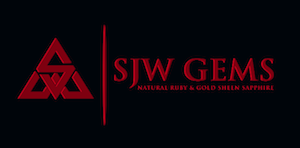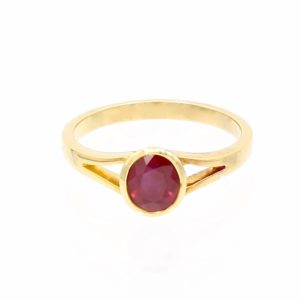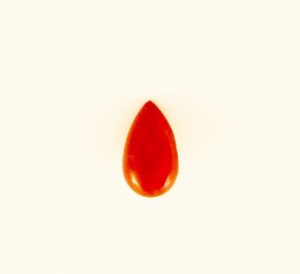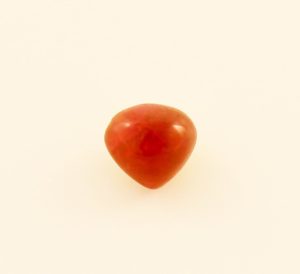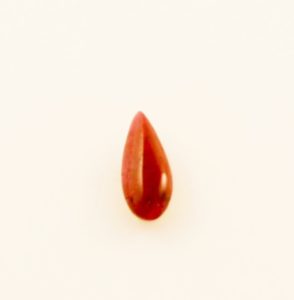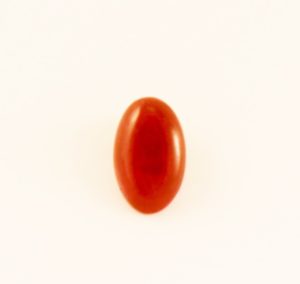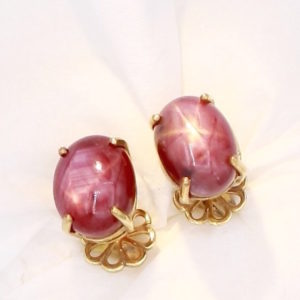Ruby mined Madagascar and cut in Bangkok is showing excellent color.
These are some of the latest cabs from the Madagascar rough ruby bought last year.
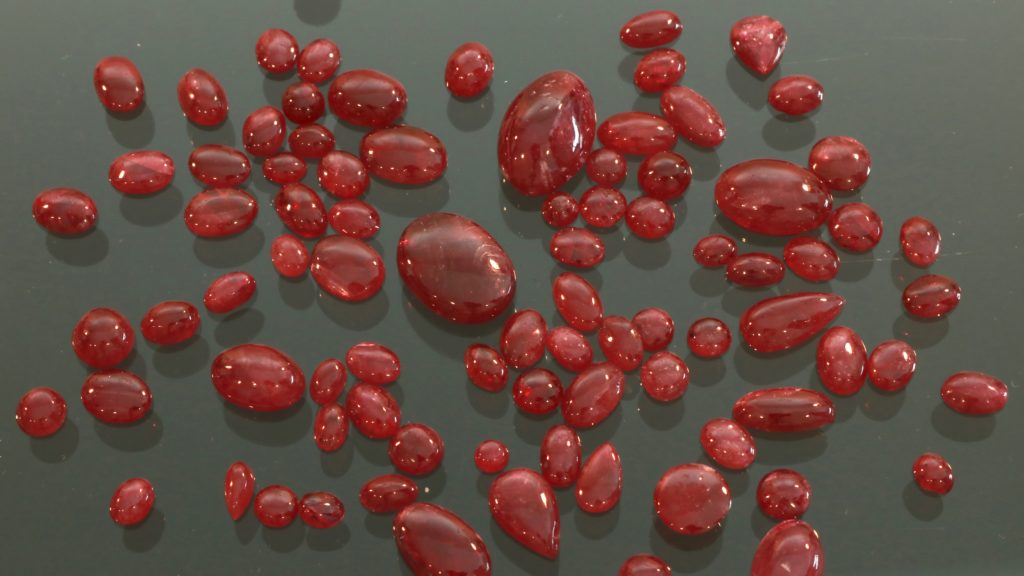
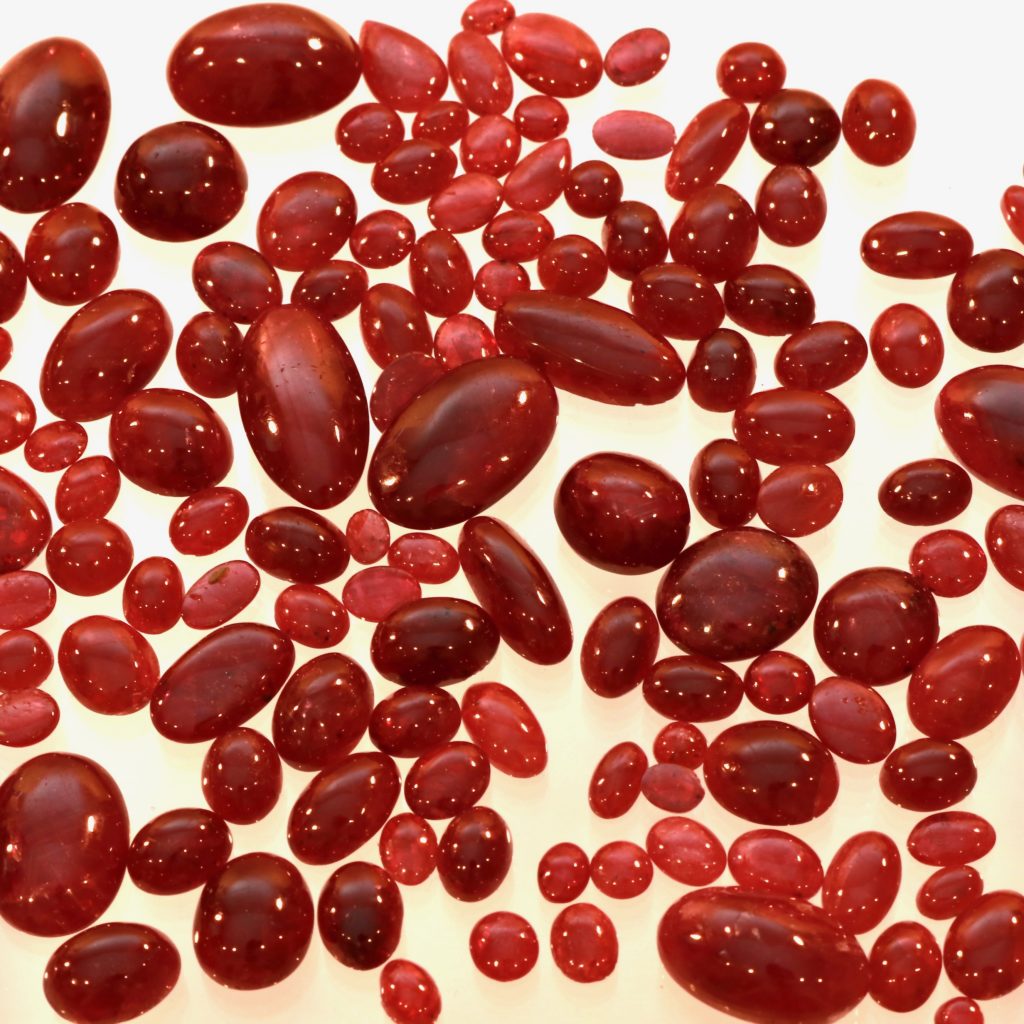
These are straight from the mined rough, with no heat or other treatment.
How do you like your coffee? Dark and strong, like my rubies.
We can cut to any shape/size and calibrate to 0.1mm tolerance.
